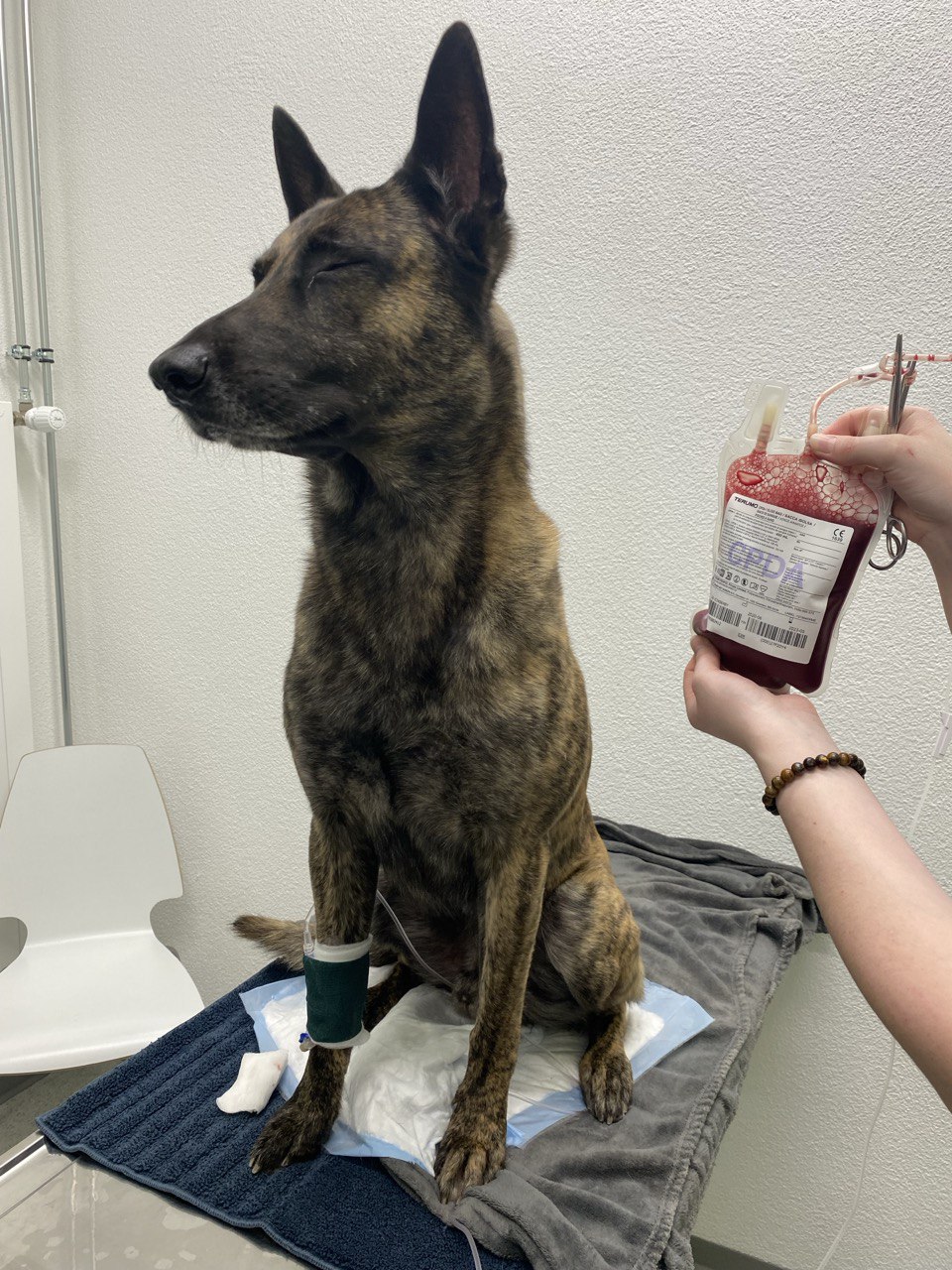pathogen
There are many different skin fungi in our pets; Microsporum canis is the most common cause of dermatophytosis in cats. In dogs that like to dig or hunt for mice in the soil, you can often find the genera Trichophyton spp. and Microsporum gypseum. Small home mammals such as guinea pigs and rats usually suffer from Trichophyton mentagrophytes or Microsporum canis.
symptoms
Typical clinical signs include round hairless, partly reddened areas, which are first visible on the ears, nose, lips and front paws. In severe cases, however, the entire body can also be affected. In most cases, itching does not occur at the same time.
There are often asymptomatic carriers that can carry the fungal spores on themselves and pass them on, but show no signs of their own.
Diagnosis and treatment
The following methods can be used for diagnosis:
- Wood lamp: With this ultraviolet light lamp, 50% of the mushroom species M. canis glows fluorescently under the lamp. Very simple method which, however, overlooks many skin fungus patients.
- Trichogram: Microscopic examination of hair, not very sensitive
- Microbiological analysis: The smallest amounts of fungi can be found in the laboratory, but in some cases pure carrier animals (non-diseased animals that carry fungal spores) can also achieve a positive result. The advantage is that the exact mushroom species can be determined during this investigation.
- Fungal culture: plucked hair is added to nutrient soil and you observe whether a fungus grows on it; is the most reliable method
- Biopsy: Through special staining of a removed tissue sample, around 90% of dermatophytoses can be diagnosed, but this method is very invasive because it requires general anesthesia.
In principle, dermatophytosis is self-limiting, i.e. it heals without therapeutic measures. However, treatment is usually initiated in order to prevent the fungus from spreading to other organisms. Depending on the extent, local treatment with washes twice a week is sufficient or daily oral medication is also required. Long-haired cats and severely affected animals should have their fur sheared. The treatment lasts at least 6-8 weeks and is only stopped when the therapeutic success is confirmed by means of a negative fungal culture. If the final control culture is still negative after another 4 weeks, the therapy is definitely over.
The surrounding area should also be disinfected, as fungal spores in the surrounding area can otherwise survive for up to 18 months and lead to new infections. Suitable agents include Javel water (1:10 diluted with water), but also special products such as LimePlus Dip® (sulfuric lime) or Clinafarm® and Imaverol®. In addition, vacuum cleaning should be carried out daily, all textiles that come into contact with the animal should be washed above 60°C and non-washable objects should be treated with enilconazole.
zoonotic disease
The fungal skin disease is contagious and is a zoonotic disease, which means that this disease can also be transmitted to humans. In general, however, healthy people with good defenses are not very susceptible to it. However, immunocompromised people (children, elderly people, pregnant women, cancer patients, etc.) should, if possible, have no contact with an affected animal and pay close attention to hygiene.
If your pet is affected by a fungal skin disease and you also notice rounded, reddened and itchy areas of skin (often on décolleté, arms, hands), you should contact your doctor.
conclusion
If you suspect a fungal infection in your animal, pay attention to hygiene and contact your vet. Dermatophytosis is not a serious disease, but should be treated as early and consistently as possible to prevent the infection of other animals or humans.
Do you have any questions about this topic? Please contact us!
Source references:


.svg)
.svg)



.svg)



